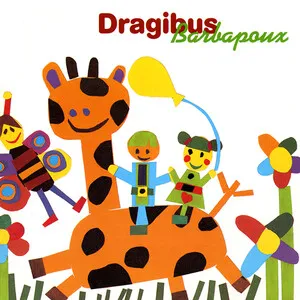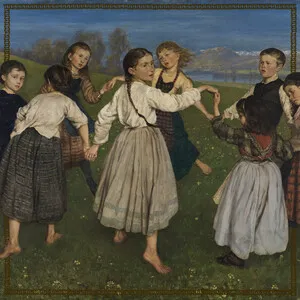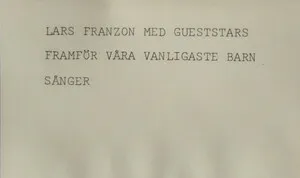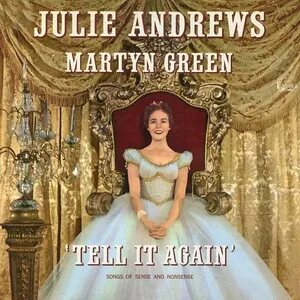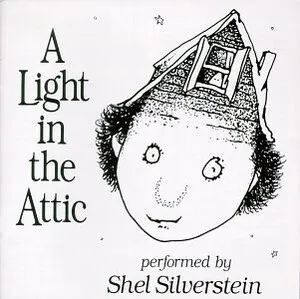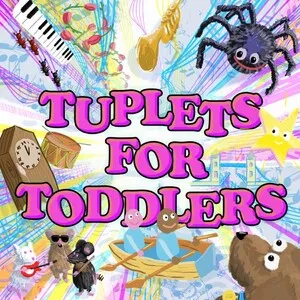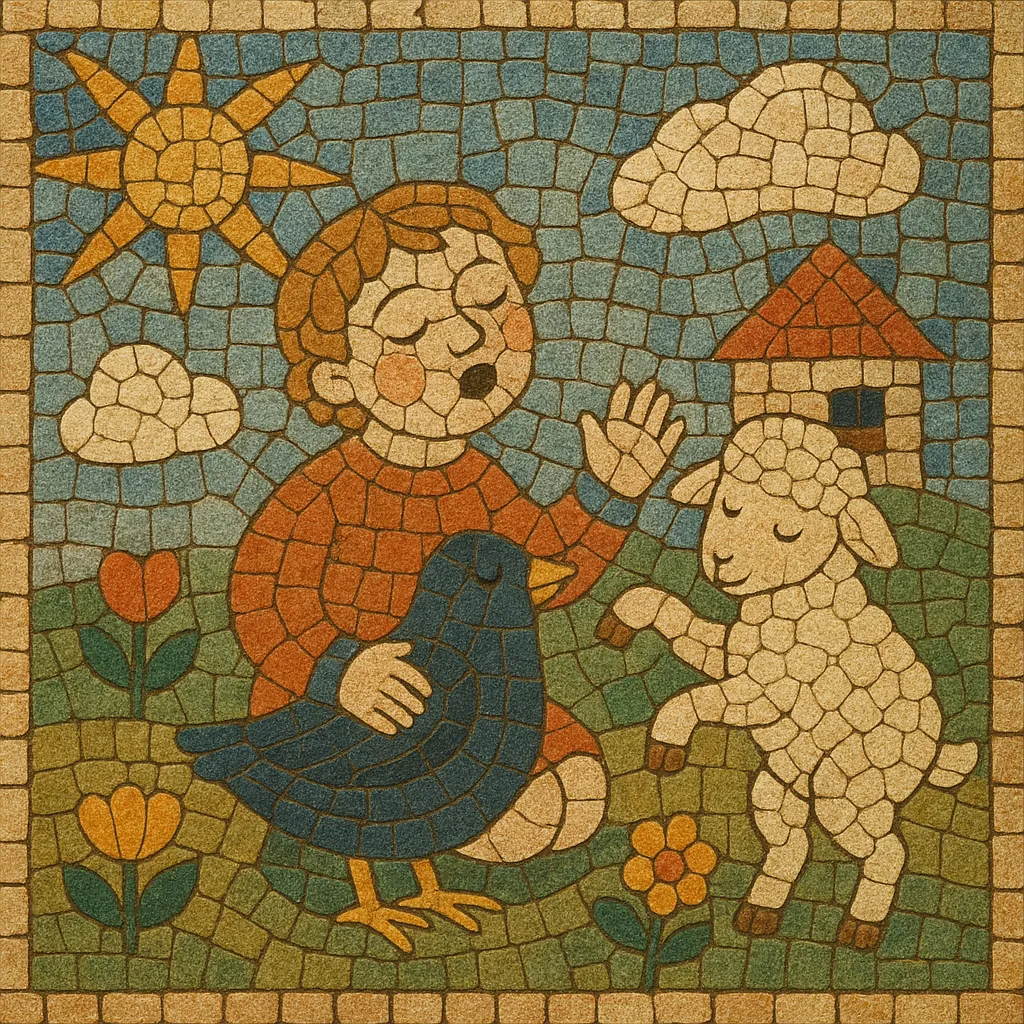
Nursery rhymes are short, memorable songs or chants for young children, typically built around rhyme, repetition, and simple melodies.
They often accompany fingerplays, clapping games, counting routines, or circle dances, and are designed to aid language acquisition, memory, coordination, and social play.
While many texts are centuries old, the tunes and arrangements vary by region and era; common musical traits include major keys, limited vocal range, steady tempos, and easy call-and-response structures.
Today, nursery rhymes live in books, classrooms, playgrounds, recordings, and digital videos, functioning both as cultural heritage and practical tools for early childhood development.
Nursery rhymes emerged from the oral folk traditions of the British Isles, with roots traceable to the early modern period. Many verses circulated as street cries, riddles, counting-out chants, lullabies, or play-party songs. In the 18th century, printers began compiling these pieces; a landmark was John Newbery’s publication of Mother Goose-style collections in the mid-1700s, which helped standardize and popularize the repertoire.
Collectors and scholars such as James Orchard Halliwell (later Halliwell-Phillipps) documented hundreds of rhymes, while educators wove them into early childhood pedagogy for literacy, rhythm, and coordination. The verses traveled widely through the British Empire and beyond, adapting to local dialects and musical tastes.
With the rise of radio and records in the 20th century, nursery rhymes entered mass media. Public broadcasters and children’s entertainers produced sing-along albums and classroom materials, aligning traditional rhymes with contemporary arrangements and instrumentation. This period also saw the creation of illustrated anthologies that cemented many rhymes as staples of early education.
In the 21st century, streaming platforms and video channels brought animated versions, new arrangements, and translations to a global audience. Educational brands and creators standardized actions, tempos, and visuals to support developmental goals, making nursery rhymes among the most widely shared early-childhood musical forms worldwide.

